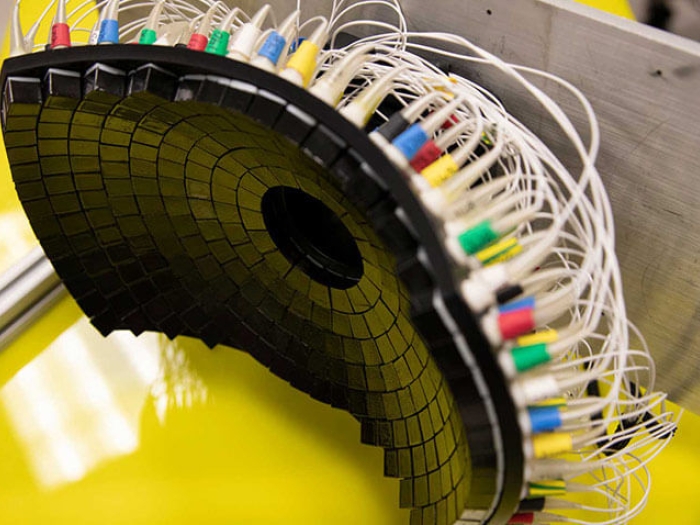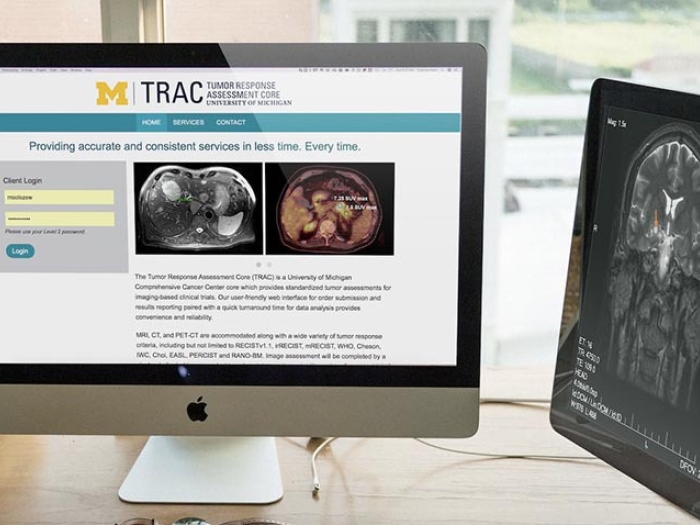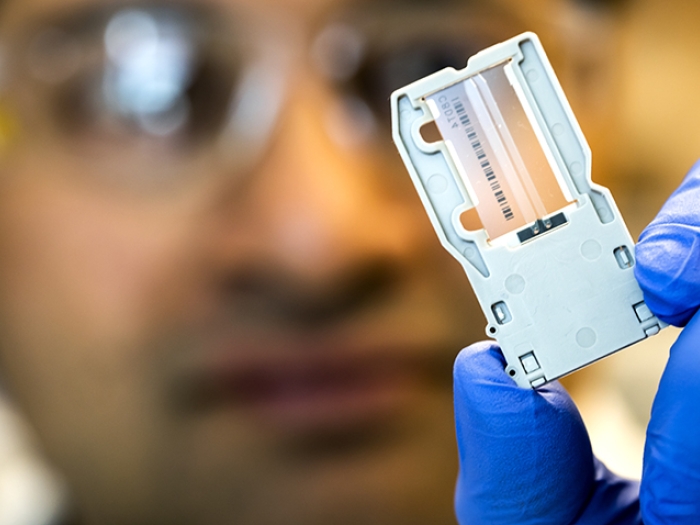A new precision medicine approach developed at the University of Michigan aims to predict cancer’s likelihood of migrating to the brain, and to aid in the search for new treatments
8:20 AM
Author |
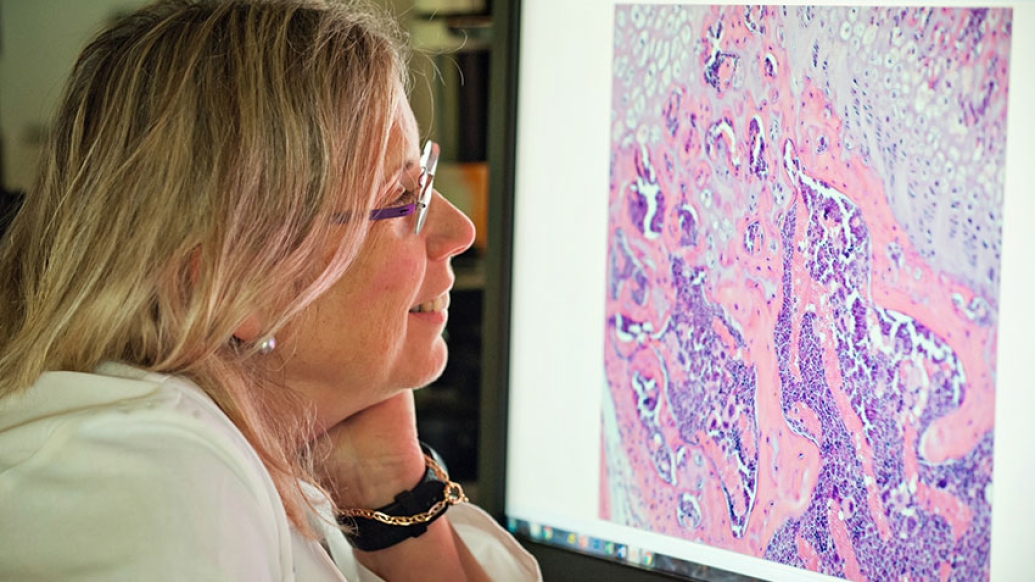
Not all cancer cells are created equal. Only a small number of cells in a patient's initial tumor may have the power to travel through the blood, cross the protective membrane known as the blood-brain barrier, and directly attack the brain.
But which cells? What makes them special? How can we target them? Which drugs are they vulnerable to? How likely is it that a patient's initial tumor will metastasize to the brain?
These questions are being tackled by a team of researchers at the University of Michigan Rogel Cancer Center. Their innovative approach combines advanced live-cell imaging techniques, the analytic power of artificial intelligence, and a 2-by-3-inch device that mimics the critical "micro-environment" at the interface between the bloodstream and the brain.
We might, for example, want to recommend a more aggressive treatment approach to someone whose tumor has a higher probability of spreading to the brain.Sofia Merajver, M.D., Ph.D.
Although still undergoing further testing, the platform shows "remarkably sharp and reproducible distinctions" between cells that metastasize to the brain and those that don't, according to a recent study in Lab on a Chip, a peer-reviewed scientific journal published by the Royal Society of Chemistry.
"Our ultimate goal is to develop a rapid, low-cost diagnostic tool that can help to predict outcomes at the time of initial diagnosis," says study senior author Sofia Merajver, M.D., Ph.D., director of the Breast and Ovarian Cancer Risk and Evaluation Program at the Rogel Cancer Center. "We might, for example, want to recommend a more aggressive treatment approach to someone whose tumor has a higher probability of spreading to the brain — especially if we knew how to specifically target those cells that are capable of broaching the blood-brain barrier."
The platform could also be used to test the effectiveness of different drugs in targeting particularly worrisome populations of cells, says study first author Ryan Oliver, Ph.D., a senior postdoctoral researcher in Merajver's lab.
LISTEN UP: Add the new Michigan Medicine News Break to your Alexa-enabled device, or subscribe to our daily audio updates on iTunes, Google Play and Stitcher.
Metastasis to the brain is the most lethal step in cancer progression, so anything that reduces cancer's ability to reach the brain has the potential to greatly improve patients' lives, he adds.
"We've been working on this for more than five years, and to do it we had to invent three different things," Merajver says. "We had to develop the microfluidic device. We had to figure out the microscopy to be able to watch the individual cells going through the device in real time — which is challenging because the membrane between the blood and the brain is itself made out of cells.
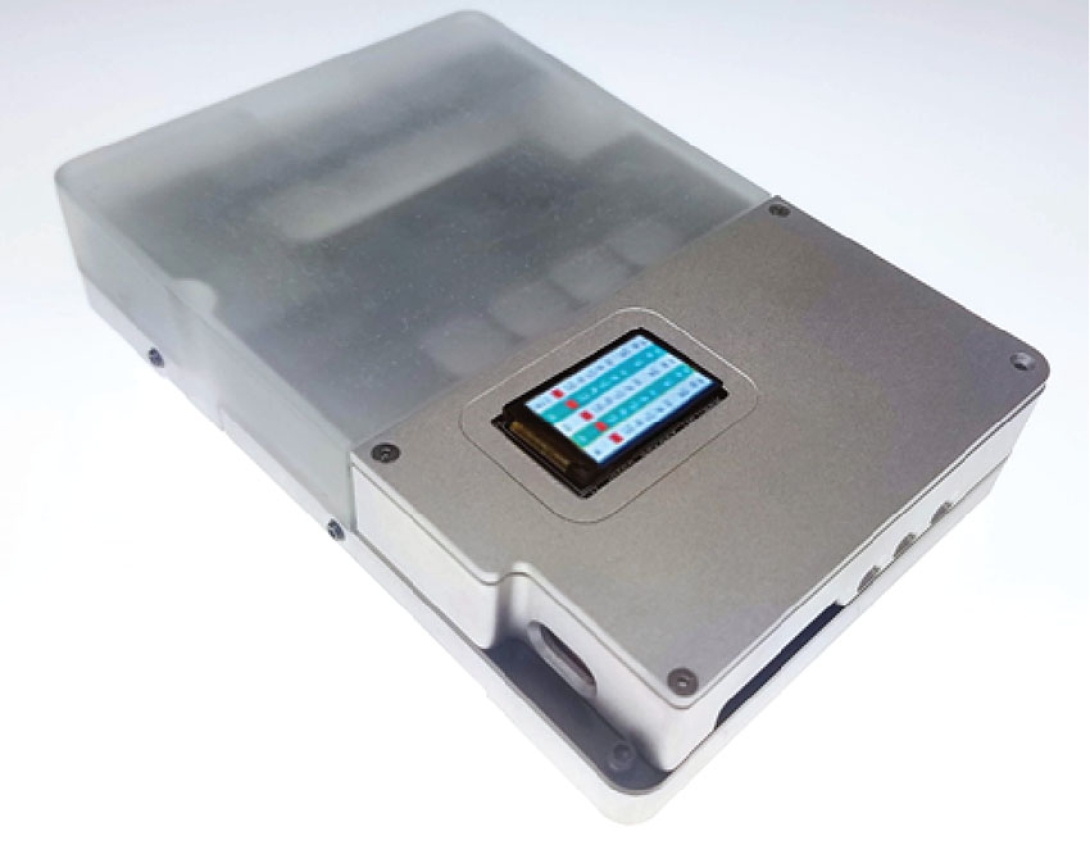
"And we had to train the machine learning programs how to analyze all those thousands and thousands of cells — in multiple aspects like their shape, their velocity, their connectivity to other cells."
The platform was developed and tested using aggressive, "brain-seeking" cancer cell lines as well as tumor samples from patients who developed brain metastases, which were transplanted into mouse models.
Already the approach is uncovering new details about the way some cells are able to cross through the blood-brain barrier.
"The cells that appear to be better in crossing membrane have a greater tendency to be able to change their shape, which we call plasticity," says Merajver, who is also a professor of internal medicine and epidemiology. "This work presents the first opportunity to look at the dynamics of real cancer cells from real patients and see what are they capable of doing when they encounter, and are challenged by, the blood-brain barrier."
Another interesting finding: Even if a cell is able to cross the blood-brain barrier and establish a new tumor, only a subset of the cells in that tumor will likewise have the ability to cross the blood-brain barrier.
"That's not something we knew before," Merajver says.
MORE FROM THE LAB: Subscribe to our weekly newsletter
While the platform is not ready to be deployed in the clinic, work to develop it is ongoing, she adds. The team is now expanding the library of patient samples used to train the artificial intelligence algorithms. They also plan on using the device to test the efficacy of potential new interventions.
Merajver also stresses the interdisciplinary nature of the research.
"This was a big team effort," she says. "There's no way to conduct research like this with people who are only trained in cancer biology. This kind of work requires expertise in machine learning, in imaging, in computational biology, in engineering and in clinical medicine. And bringing scientists from a variety of disciplines together to take on tough problems is something U-M does really well."

Explore a variety of health care news & stories by visiting the Health Lab home page for more articles.

Department of Communication at Michigan Medicine
Want top health & research news weekly? Sign up for Health Lab’s newsletters today!
